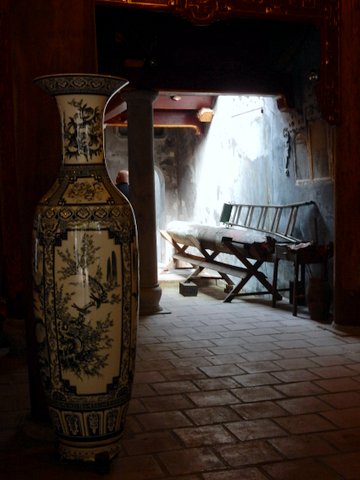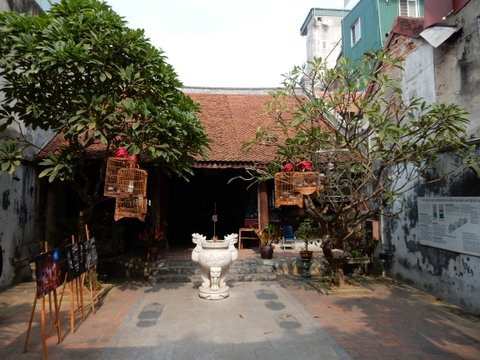I don't believe I've ever seen two people so in love as Elizabeth Taylor and Richard Burton. I was a young reporter in London when the lovers were staying at the luxurious Dorchester Hotel on Park Lane.
My assignment from one of those notorious British tabloids, where more good journalism than bad actually takes place, was to go up to the hotel and track them down; maybe get an interview; certainly tell the world everything that you could about their accommodations, what they were eating, and when they came and left.
The hotel, as you might expect, skillfully frustrated my efforts and those of my competitors. They guided us to the bar and an endless supply of Champagne — Veuve Clicquot, as I recall.
Meanwhile, the lovers came and went by side doors and back entrances. Day after day, I went to the Dorchester; and day after day, my prey avoided me.
All I really needed was to see them and extract a few words. Even if they'd said, “Go away and stop following us,” it would've been enough.
I can see the piece I would've written even now, “The world's most famous lovers pleaded yesterday for privacy as they sallied forth from their love nest at the posh Dorchester Hotel. … ” One would've noted their clothes; the car they got into; possibly the doorman, for a consideration, would've told me where they were headed.
But alas, no: It was not to be. And then, a miracle.
I was living in the south London suburb of Dulwich, famous for its college, its art gallery and as the birthplace of the novelist Raymond Chandler. A block or two from where my wife and I lived was a pretty decent pub with a good dining room. We often went there for lunch on Sunday. After a dispiriting week of failing to even see the Taylor-Burton duo, I was looking forward to forgetting them over a good lunch and bottle of wine.
I can't remember if we were shown to a table or if we took the table because it was the only remaining one, but we sat down without looking around. And when we did, there they were: Elizabeth Taylor and Richard Burton at the next table, only feet away.
They were so beautiful. Never do I recall seeing any couple so in love. They glowed. They stared at each other. They talked softly to each other. They smiled and they laughed, oblivious to the room and the two journalists sitting next to them.
My wife, a fine journalist herself, whispered: “Are you going to speak to them or call the office [for a photographer]?”
The mere place where they were lunching — a bit off the beaten track, as it was — would've made an item in the paper; a chat would've produced a career-building, mini-scoop. But there was something about the joy emanating from the next table that stayed my hand and my wife's. We let our opportunity slide away because of the palpable joy coming from the Burton table.
The chase could resume the next day. Maybe we had a second bottle.
Over years, I've always wondered what it was about Taylor, great actress, great beauty, great lover, great humanitarian, that caused her to be more admired by women than men, the way Marilyn Monroe or Ava Gardner were. Conversely it is men who really revered Burton, identified with him.
Maybe that made their love affair our love affair. I, for one, think it was.
Taylor, who has died at age 79, shone even brighter in the firmament than Burton. But together they lit up the world. — For the Hearst-New York Times Syndicate








